Optimal Timing for Black Mold Abatement

Black mold growth accelerates in humid, poorly ventilated indoor environments, often worsening during colder months when heating increases indoor moisture.

High humidity seasons, such as summer and early fall, can promote mold proliferation, making timely abatements essential during these periods.

Periods of heavy rainfall or high outdoor humidity can lead to increased indoor moisture, creating ideal conditions for mold growth that may require immediate attention.

Ways to make Black Mold Abatements work in tight or awkward layouts.

Popular materials for Black Mold Abatements and why they hold up over time.

Simple add-ons that improve Black Mold Abatements without blowing the budget.
Black mold abatement is a critical process aimed at removing toxic mold colonies from affected areas. Mold spores can cause health issues and structural damage if not addressed promptly. The best time for abatement depends on environmental conditions, mold severity, and moisture levels. Typically, early spring and late fall are optimal for scheduling remediation, as outdoor conditions are less humid, reducing the risk of mold spreading during cleanup.
Studies indicate that mold remediation is most effective when performed during periods of lower humidity, which helps prevent re-colonization. Mold spores are more active and resilient in warm, moist environments, so timing abatements during drier seasons minimizes the chance of recurrence. Regular inspections during high-risk periods can help identify issues early and schedule timely interventions.
Scheduling mold abatement during low-humidity periods reduces the chance of mold regrowth and ensures a more thorough removal process.
Monitoring outdoor weather and indoor moisture levels helps determine the most suitable time for mold remediation.
Timely abatement minimizes health risks and prevents structural damage caused by prolonged mold exposure.
Spring and fall often provide optimal conditions for mold removal due to moderate humidity and temperature levels.
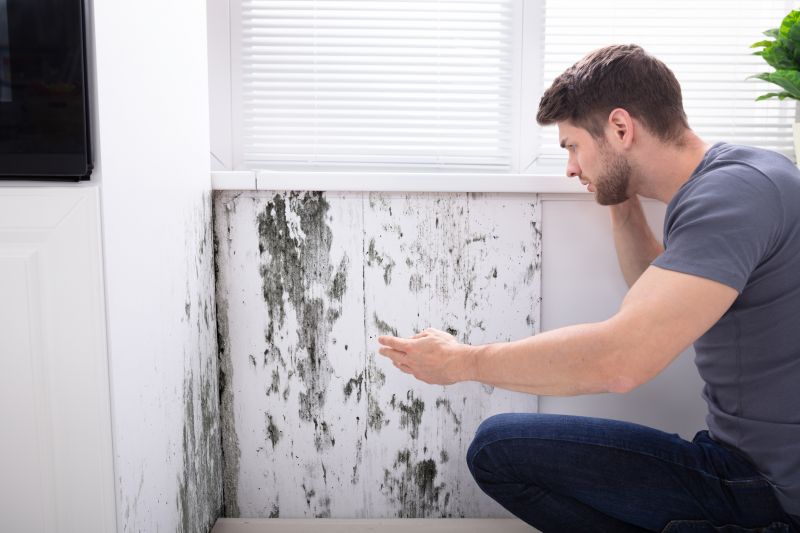
Professional assessment to identify mold presence and optimal removal timing.
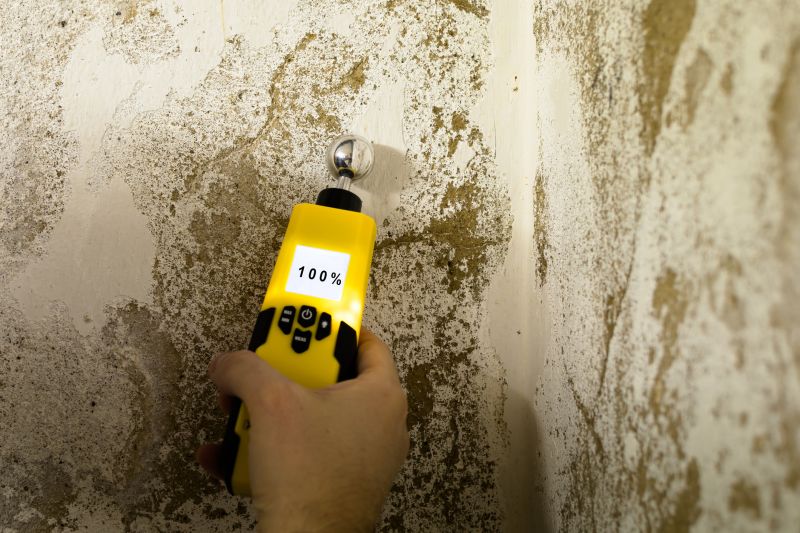
Locating and fixing leaks or humidity sources before abatement.
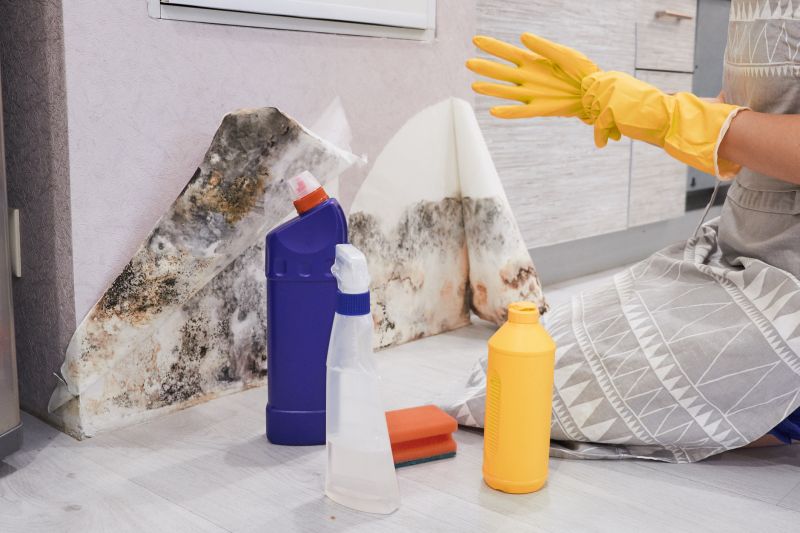
Preparing affected areas for effective mold removal.
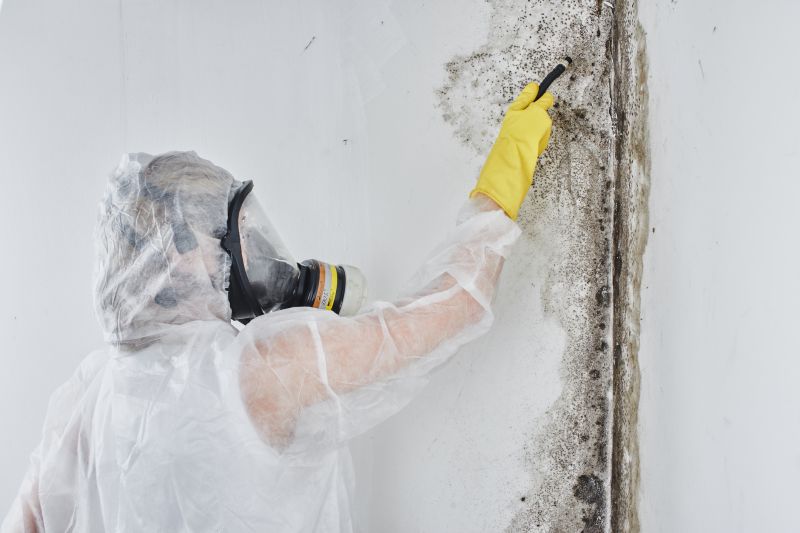
Using HEPA filters to capture airborne mold spores during remediation.
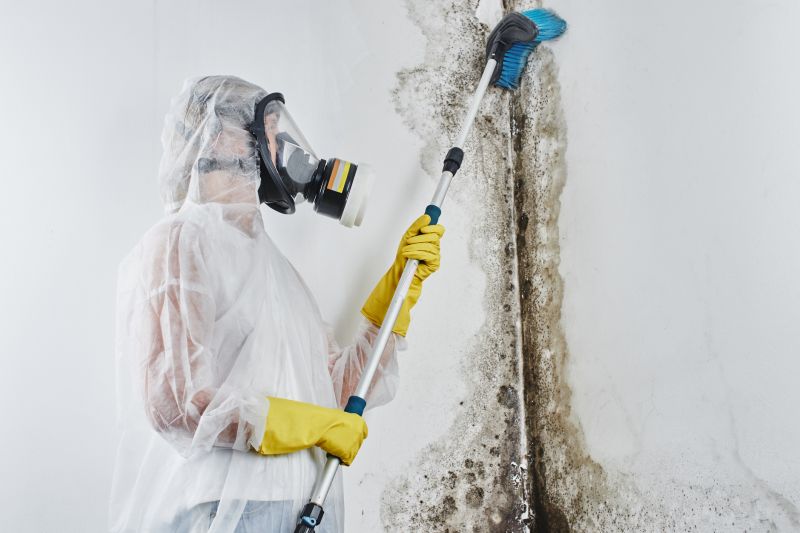
Applying specialized techniques to eliminate mold colonies.
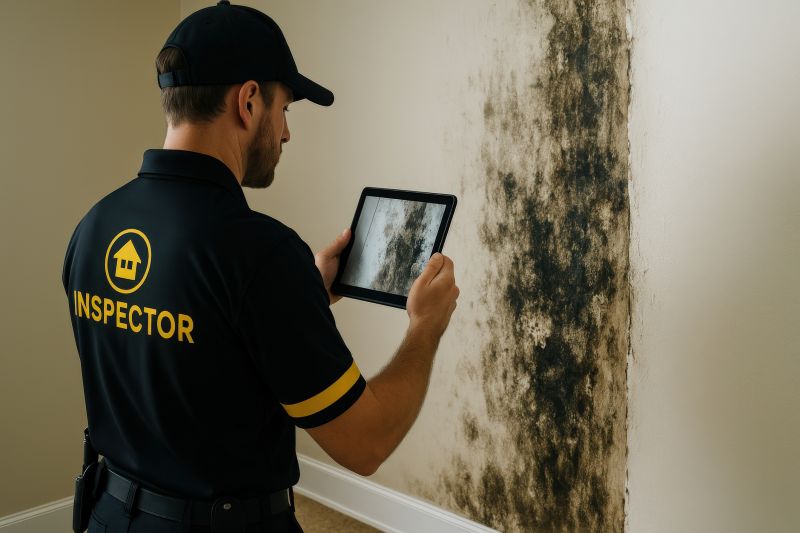
Ensuring mold has been fully removed and conditions are safe.
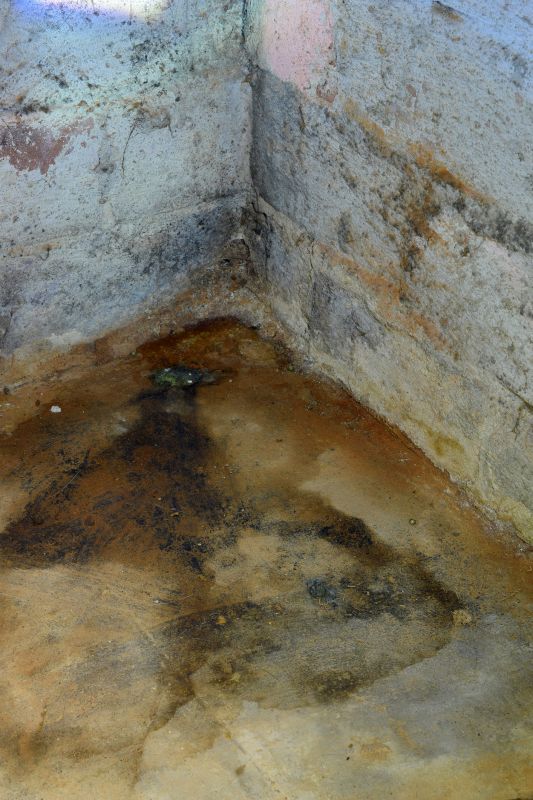
Implementing moisture control strategies to prevent future growth.
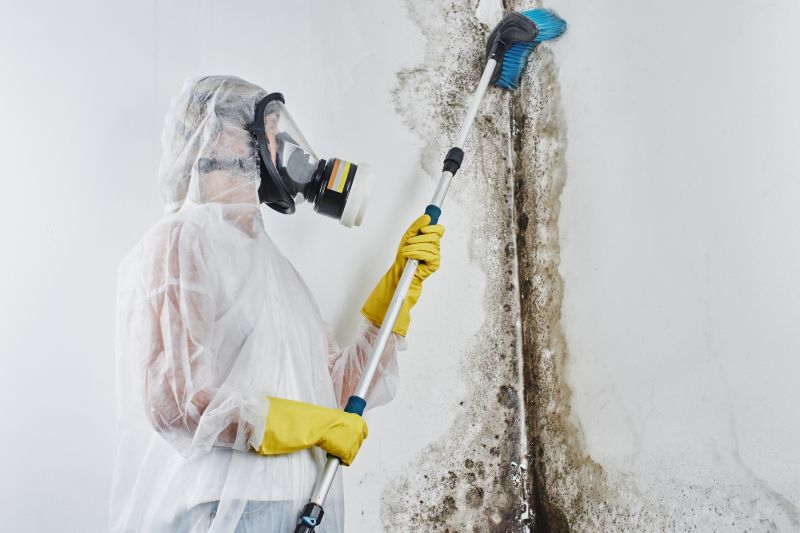
Final cleaning to restore affected areas to a safe condition.
| Season | Optimal Abatement Timing |
|---|---|
| Spring | Ideal for low humidity and moderate temperatures. |
| Summer | Less optimal due to high humidity, but manageable with dehumidification. |
| Fall | Suitable as outdoor humidity decreases. |
| Winter | Possible if indoor moisture is controlled, but less common. |
| High Humidity Periods | Generally avoided unless dehumidification is used. |
Timing for black mold abatement is essential to maximize effectiveness and reduce the risk of recurrence. The most favorable periods are when outdoor and indoor humidity levels are lower, typically in spring and fall. During these times, environmental conditions help contain mold spores and facilitate thorough removal. Regular monitoring of moisture levels and proactive measures can support successful remediation efforts.
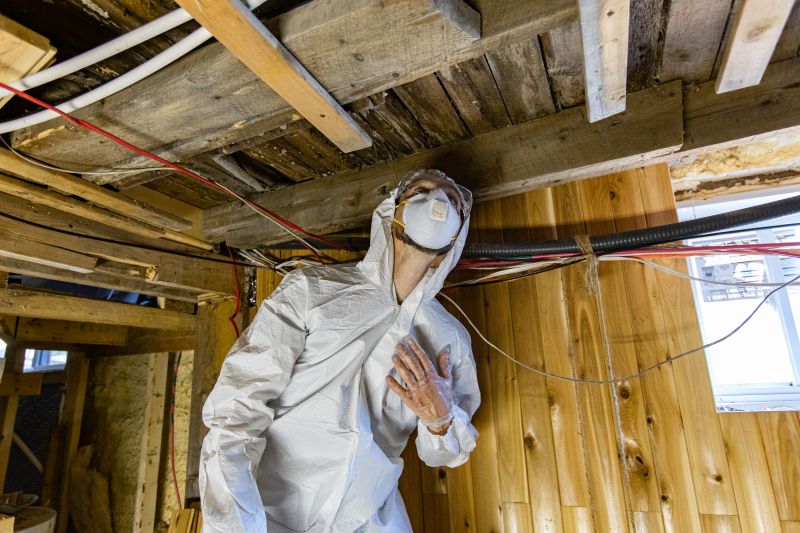
Conducts assessments to determine mold presence and optimal remediation timing.
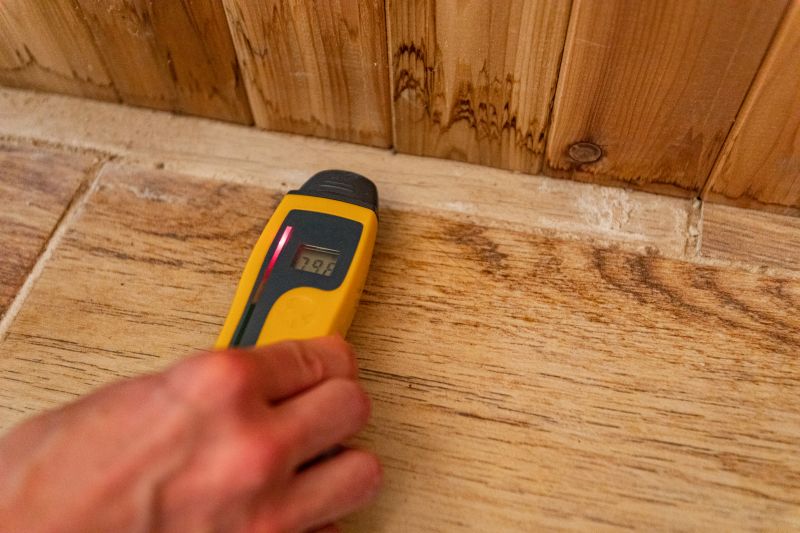
Tools used to measure humidity levels in affected areas.
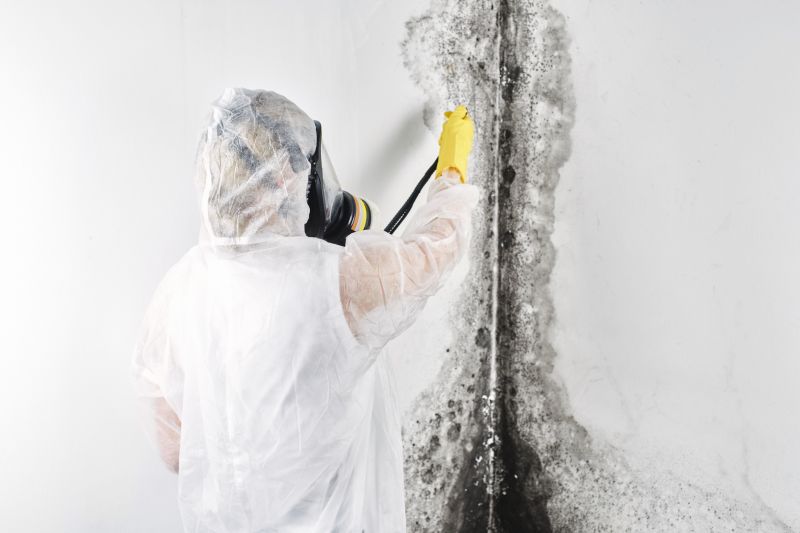
Set up to prevent mold spores from spreading during abatement.
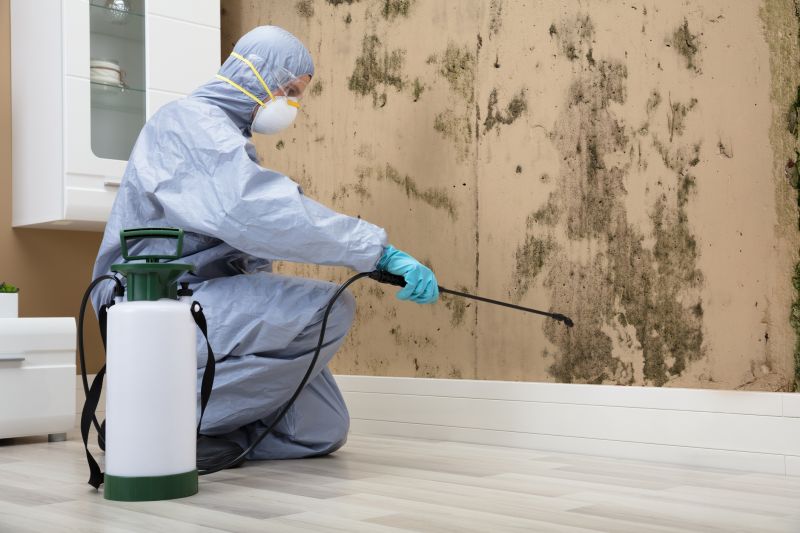
Removes airborne spores during and after remediation.
Interested parties are encouraged to contact for more information about scheduling black mold abatement during optimal periods. Proper timing can enhance the effectiveness of remediation efforts and help maintain a healthy indoor environment.
